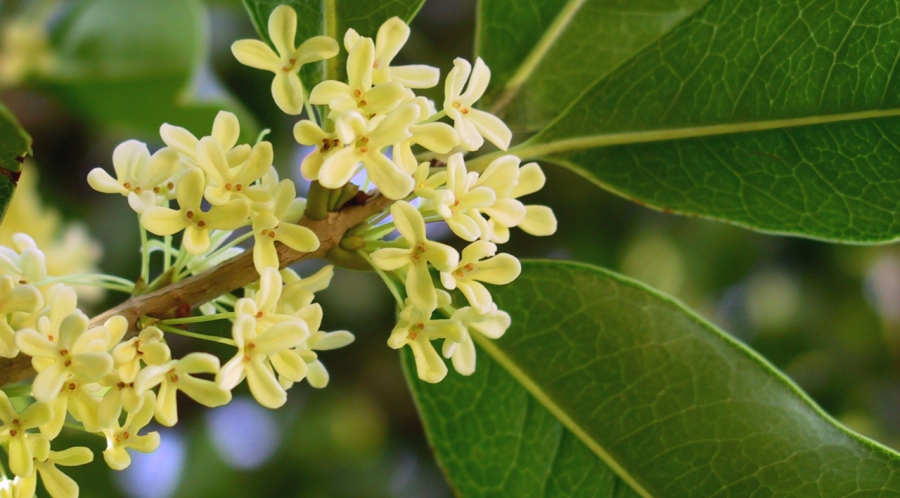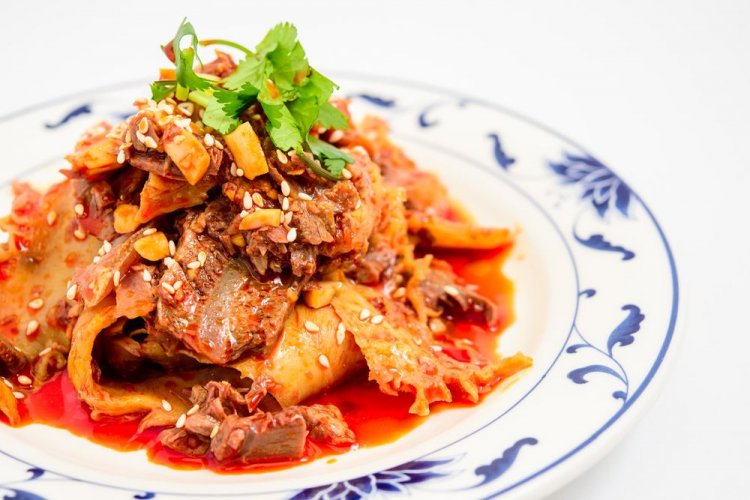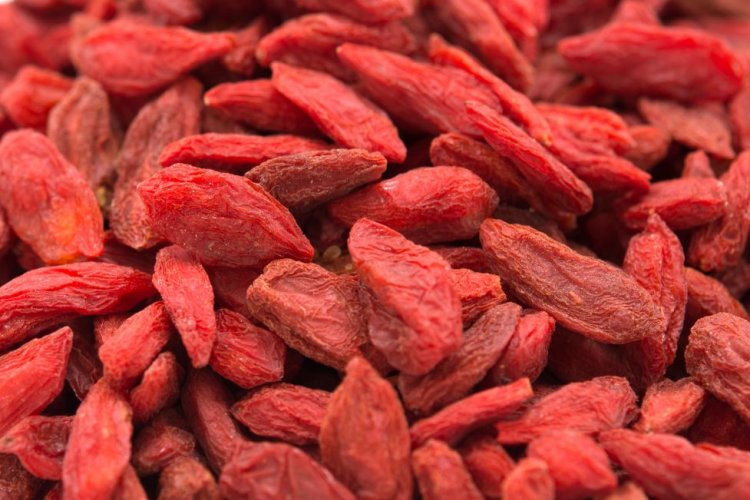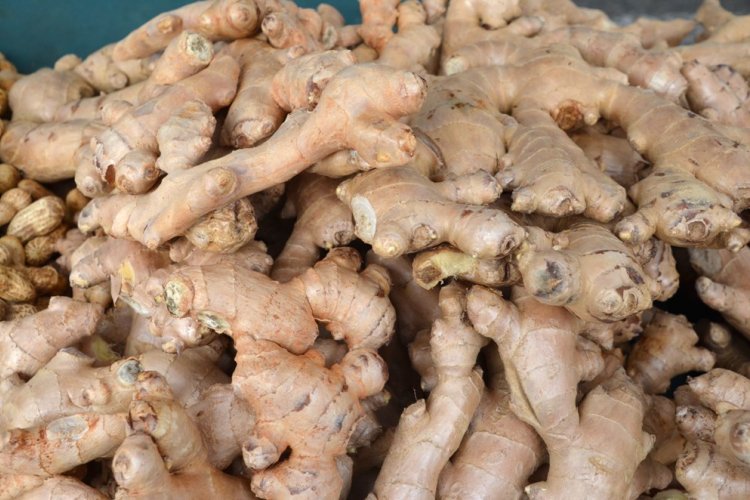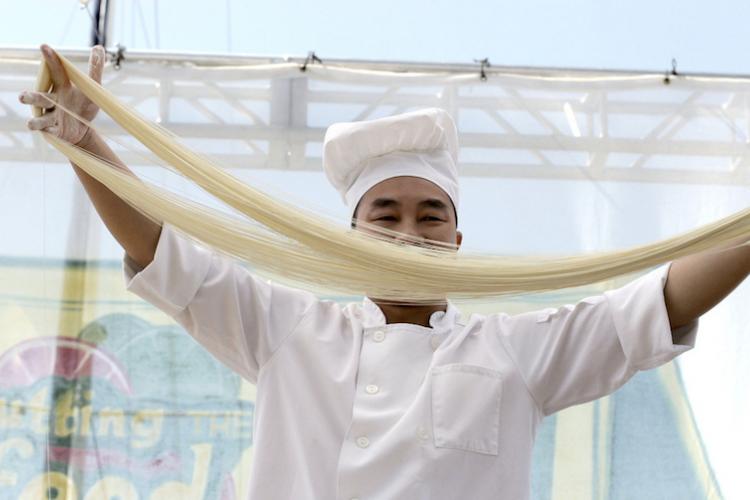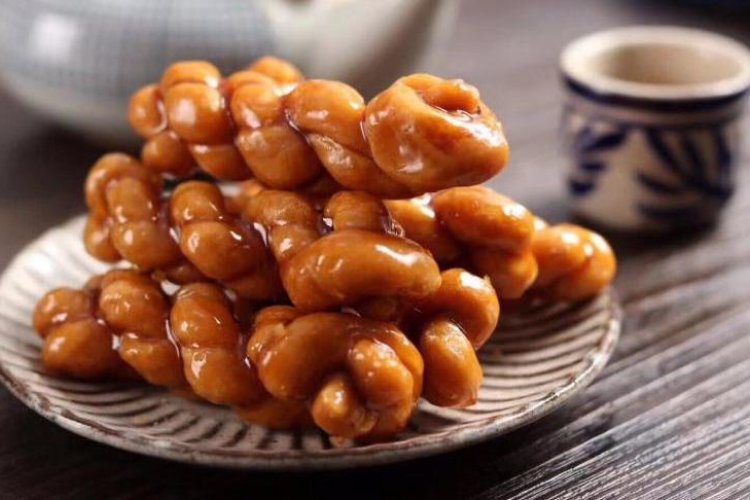Wokipedia: O is For...
In Wokipedia, we introduce aspects of Chinese gastronomy, one letter at a time. This time, 'O' gets the treatment.
… osmanthus 桂花 guìhuā
The fragrant flowers of the osmanthus tree are used to infuse a range of culinary products, from tea to liquor to sweet cakes. Thanks to its late-summer-early-autumn blossoming, osmanthus is closely associated with Mid-Autumn Festival and osmanthus-flavored wine is a popular choice for a “reunion drink” to be shared with family. Osmanthus is so culturally important that it is the subject of several idioms; our favorite, “breaking the osmanthus twig and mounting the dragon,” being a euphemism for… well, we’ll let you work it out on your own.
… ou (lotus root) 藕 ǒu
Just one of the many edible parts of the lotus, the “root” (technically a rhizome) is used as a vegetable in soups, stir-fries, and braised dishes, among others. The root is sometimes dried and ground to a fine powder, which is then mixed with water and rock sugar to make a gelatinous soup. Lotus root can be served raw, but since there is a risk of parasite transmission, most recipes recommend cooking it briefly first.
… oyster omelet 蚵仔煎 hézǐ jiān
This night market favorite is popular across Asia in regions that have been influenced by Chaozhou or Fujianese cultures, such as Guangdong, Singapore, Hong Kong, and Thailand. However, the original and most popular version undoubtedly belongs to Taiwan, where it is a staple snack. Sweet potato starch is typically added to the eggs before cooking to create a thicker batter – all the better to hold on to those tasty oysters. The omelet is sometimes served with a savory, ketchup-like sauce.
That's O sorted. Click here to see what you missed with N.
More stories by this author here.
Email: robynnetindall@thebeijinger.com
Instagram: @gongbaobeijing
Twitter: @gongbaobeijing
Weibo: @宫保北
Photos: Wikimedia

